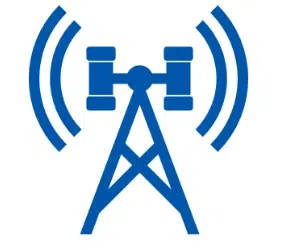Asked on October 23, 2023
Are there regulations regarding the height of cell towers?
Answers to the question:
Yes, there are regulations and guidelines governing the height of cell towers, and these regulations are typically put in place to ensure safety, minimize interference with aviation, and address aesthetic concerns. The specific regulations can vary by country, state, and local jurisdiction, but here are some common aspects of cell tower height regulations:
- Federal Aviation Administration (FAA): In the United States, the FAA sets regulations for the height of structures, including cell towers, to ensure they do not pose a hazard to aviation. Towers that exceed certain heights, typically 200 feet above ground level, are subject to FAA review and must be marked and lighted for aviation safety.
- Local Zoning and Land Use Regulations: Many cell tower projects are subject to local zoning and land use regulations, which may specify the allowable height for cell towers within a particular zone or area. These regulations are determined by local governments and can vary widely from one jurisdiction to another.
- Telecommunications Regulations: Some countries have specific regulations for the height and placement of cell towers based on telecommunications laws. These regulations may include requirements related to coverage area and network capacity.
- Aesthetic Guidelines: Some jurisdictions have aesthetic guidelines that dictate the appearance of cell towers, including their height, design, and camouflage to blend in with the surrounding environment. These guidelines are often intended to minimize the visual impact of towers.
- Public Input and Consultation: Depending on the location and nature of the cell tower project, there may be requirements for public input and consultation. This allows residents and stakeholders to provide feedback and express concerns about tower height and placement.
- Environmental Considerations: Environmental regulations may also come into play, particularly if a cell tower project is located in an environmentally sensitive area. Environmental impact assessments may be required, which could affect tower height.
- Variances and Special Permits: In some cases, property owners or tower companies may seek variances or special permits to exceed height restrictions. Approval for such variances is typically granted based on specific circumstances and compliance with safety and environmental standards.
It’s essential for property owners, wireless carriers, and tower companies to be aware of and comply with these regulations when planning and constructing cell towers. Non-compliance can result in delays, fines, and legal issues. Additionally, consultation with local authorities, aviation agencies, and relevant stakeholders is often a part of the permitting process to address concerns and ensure that cell tower projects meet safety and regulatory requirements.
